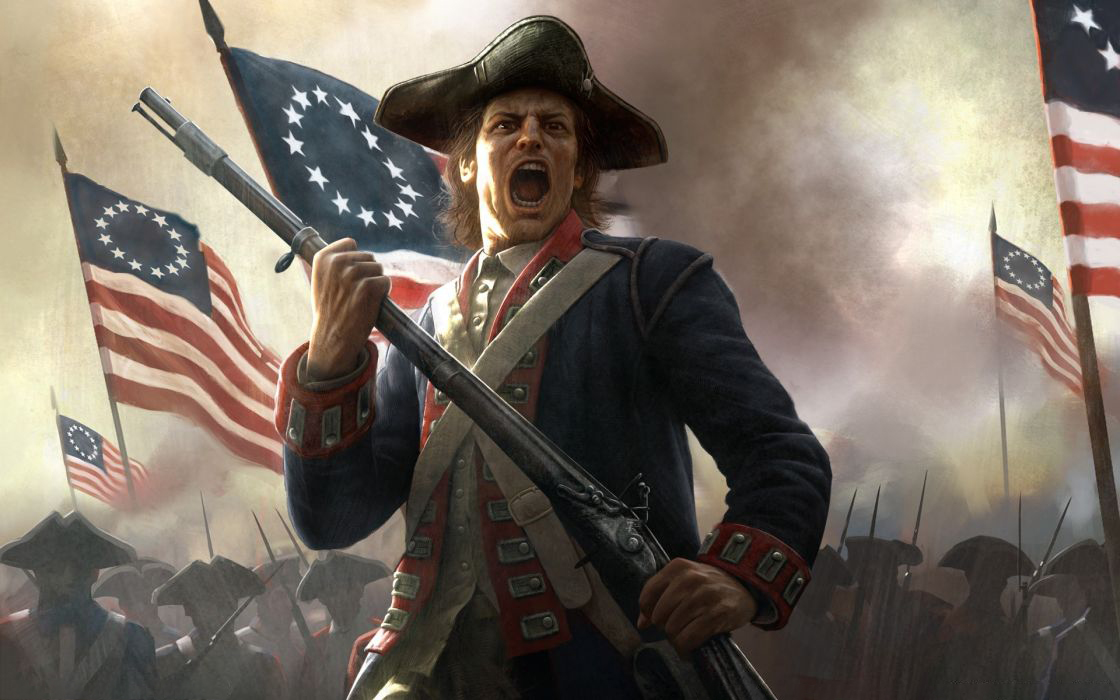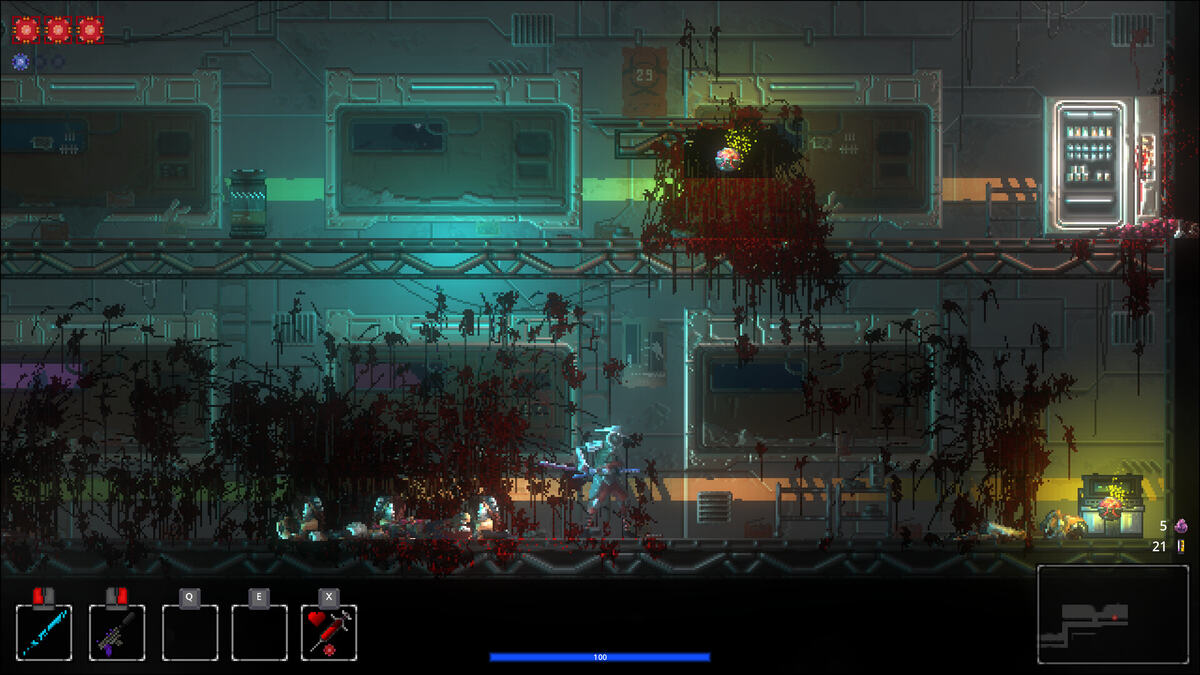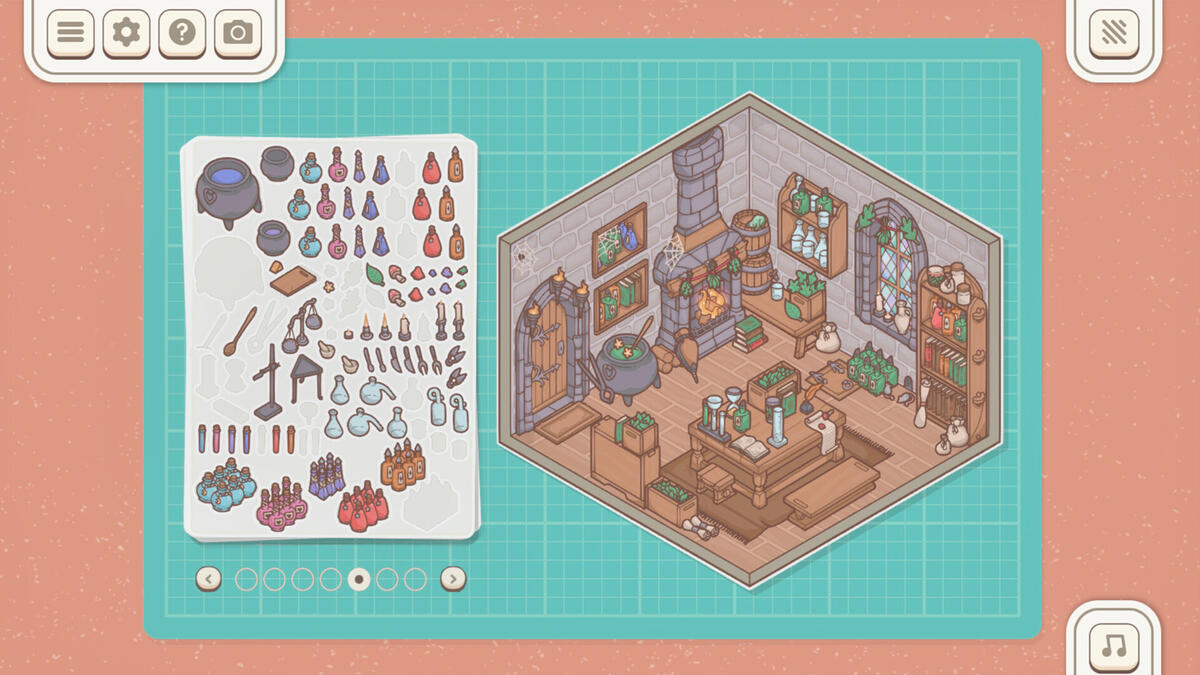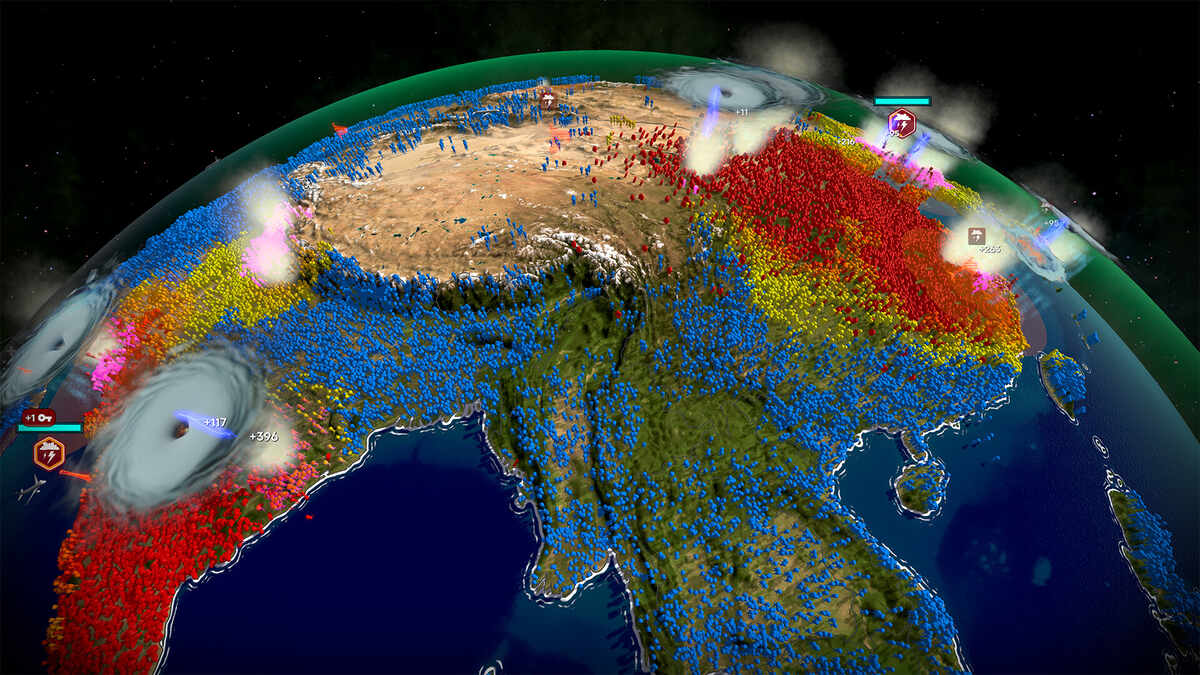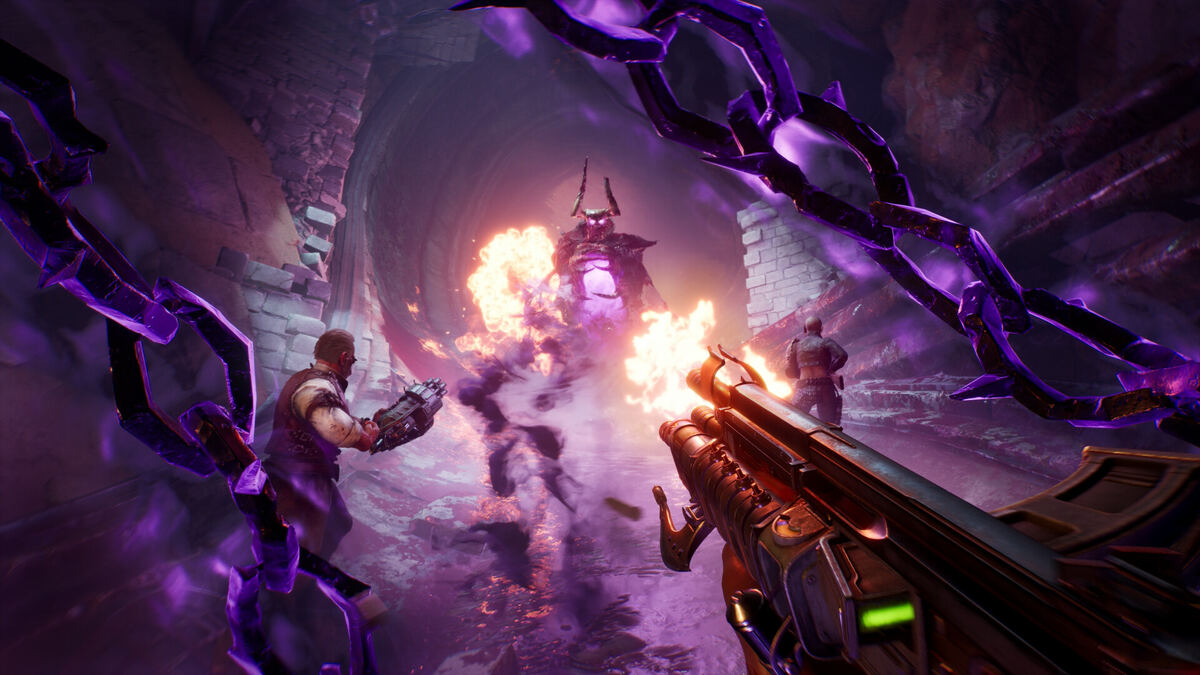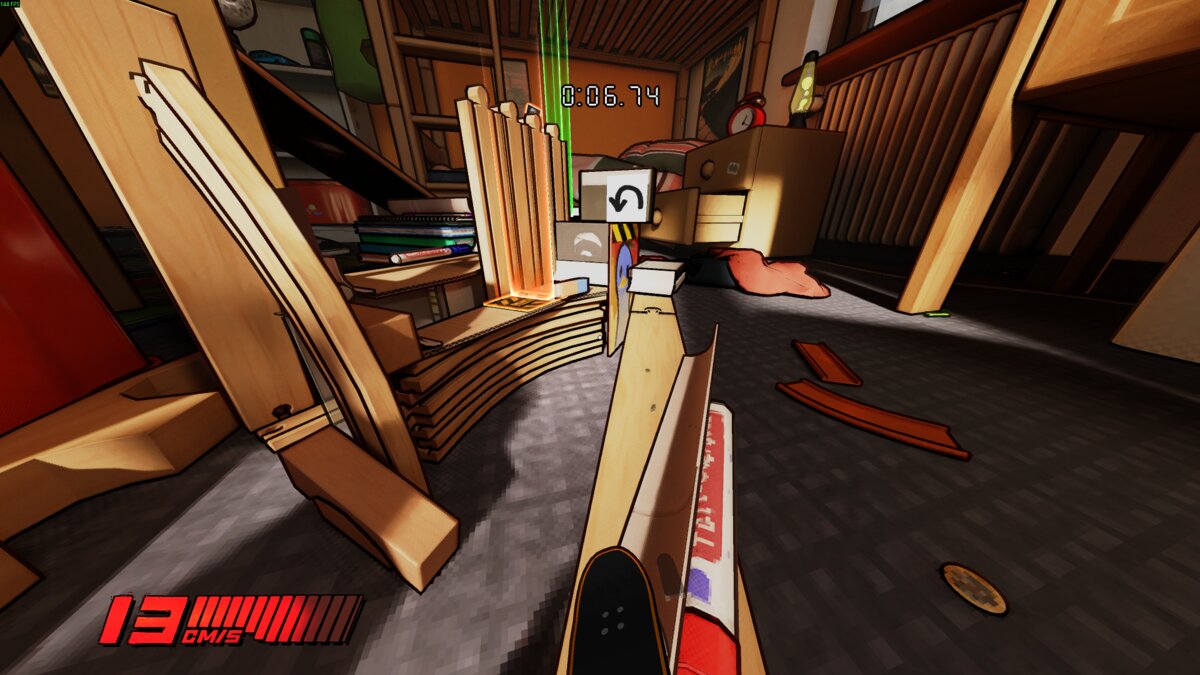You can trust VideoGamer. Our team of gaming experts spend hours testing and reviewing the latest games, to ensure you're reading the most comprehensive guide possible. Rest assured, all imagery and advice is unique and original. Check out how we test and review games here
Even in Leipzig Games Convention’s vast business area, which kept its doors firmly closed to the public, SEGA managed to maintain a busy, bustling press booth. Tucked away in a side room with Creative Assembly’s Studio Director Mike Simpson and Lead Designer James Russell, I managed to chat in depth about Empire: Total War, the latest release in the staggeringly popular series of RTS war games.
Where exactly does empire take the Total War series now that it has been so developed and reworked?
Mike Simpson: Well, we develop the series with a two stage approach. What that means is that every other Total War game we go through a ‘revolution’; in other words we start with a completely new game engine. In the games between the revolutions we go with an ‘evolution’, where we refine the previous game engine. This time round we are going with a revolution.
Pro-G: So what does that mean in terms of differences the player will see?
James Russell: I guess the biggest single difference, and the big new feature that we’ve put in the game is the inclusion of navel battles. So now we have huge scale navel battles as well as land battles and the turn-based campaign, so now we’ve really got three games in there instead of two – it fits the time period of the game perfectly.
Pro-G: With a revolution it is inevitable there will be new ground to tackle. What kind of challenge has that bean for you?
Mike Simpson: We’ve always wanted to do navel battles, but we’ve always wanted to make sure that when we do them, they are better in our game than in any that has come before. We set our standards high, so that has been a challenge. There has been a whole new game with new weapons and new tactics to work out, and we still have a lot to do, but we’re very happy with the results so far.
Pro-G: So how much more work is left on the game?
Mike Simpson: Well, the navel battles are looking good, and the land battles are still a little behind. We certainly have a lot of work to do. We’re maybe 50% of the way through, so over the next year we’ll be gradually showing you more and more as we get through it.
Pro-G: Speaking of the land based battles, what kind of new developments are there in that area of the game?
James Russell: Well, there are loads of new features on the land battles. Obviously with the setting in the 18th century there is a lot more emphasis on gunpowder warfare and that introduces loads of new gameplay. There’s still plenty of melee combat too, as the muskets of the time weren’t that effective, so you’ll see some pretty close quarters battles and loads of vicious hand to hand fighting with bayonets. There is also a greater emphasis on range weapons and cover, so for the first time we have battlefield buildings that you can send units into, who will take up positions at windows and fire from and to other destructible buildings.
Mike Simpson: Which of course was a feature of the period, if you look at some of the famous battles, like Waterloo, they were all focussed on these kind of tactics.
Pro-G: So historical accuracy is important to you?
James Russell: We always use history as an inspiration for gameplay, but there’s not really a conflict between being inspired by history and creating gameplay. We’ve naturally found history has created a great game template for us.
Pro-G: And what period does the game cover?
Mike Simpson: Speaking approximately, it covers the period from 1700 to 1800, with a little bit on either side, which is a time when Europe was really projecting its power overseas, meaning the game expands not only across Europe, but into India, westwards towards the United States, and the Caribbean as well.
Pro-G: With regards to the technical developments in the series, where have you been pushing things?
Mike Simpson: I think again it’s the navel battles, because the sea has been one of the biggest challenges. I actually gave one of the programmers an enormous book called ‘The Sea’ full of photographs of waves and the sea in all different weathers all over the world, and a great deal of effort has gone into reproducing a realistic sea, which I don’t think anyone’s really done in a game before. You look at other games and the sea looks great on a sunny day in June when it’s hot and there’s no wind, but it doesn’t during a stormy force 8 gale in winter. We’ve tried to do that and we’re very happy with the technical challenges we’ve overcome.
Pro-G: And the dynamic nature of your sea has an impact on the battles as they play out?
Mike Simpson: Oh yes. The ships move with the sea and the winds, so movement and accuracy is affected by the elements.
Pro-G: Thanks very much for your time guys.
/https://oimg.videogamer.com/images/7ebd/empire_total_war_3.jpg)
/https://oimg.videogamer.com/images/c7e0/empire_total_war_2.jpg)
